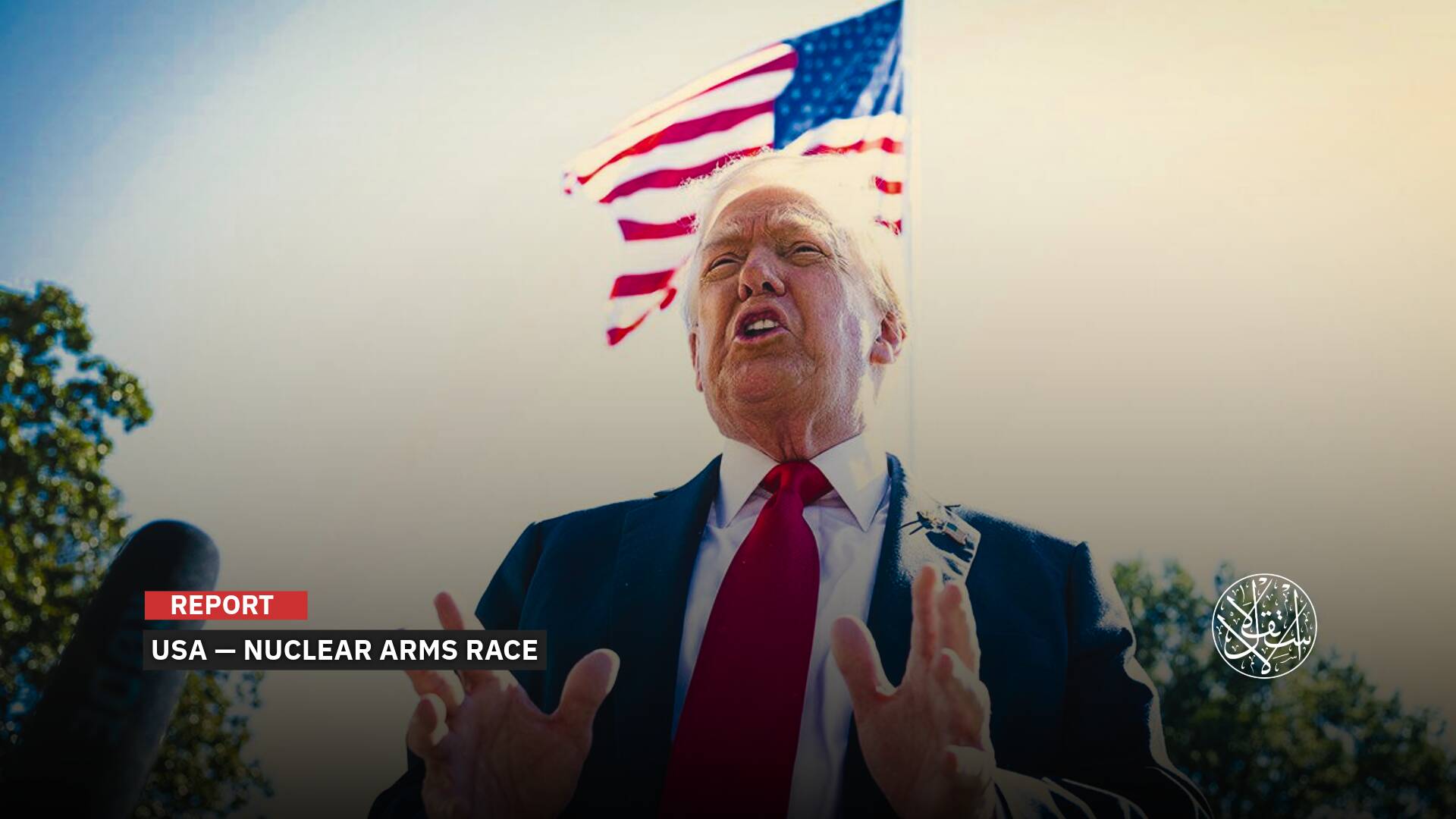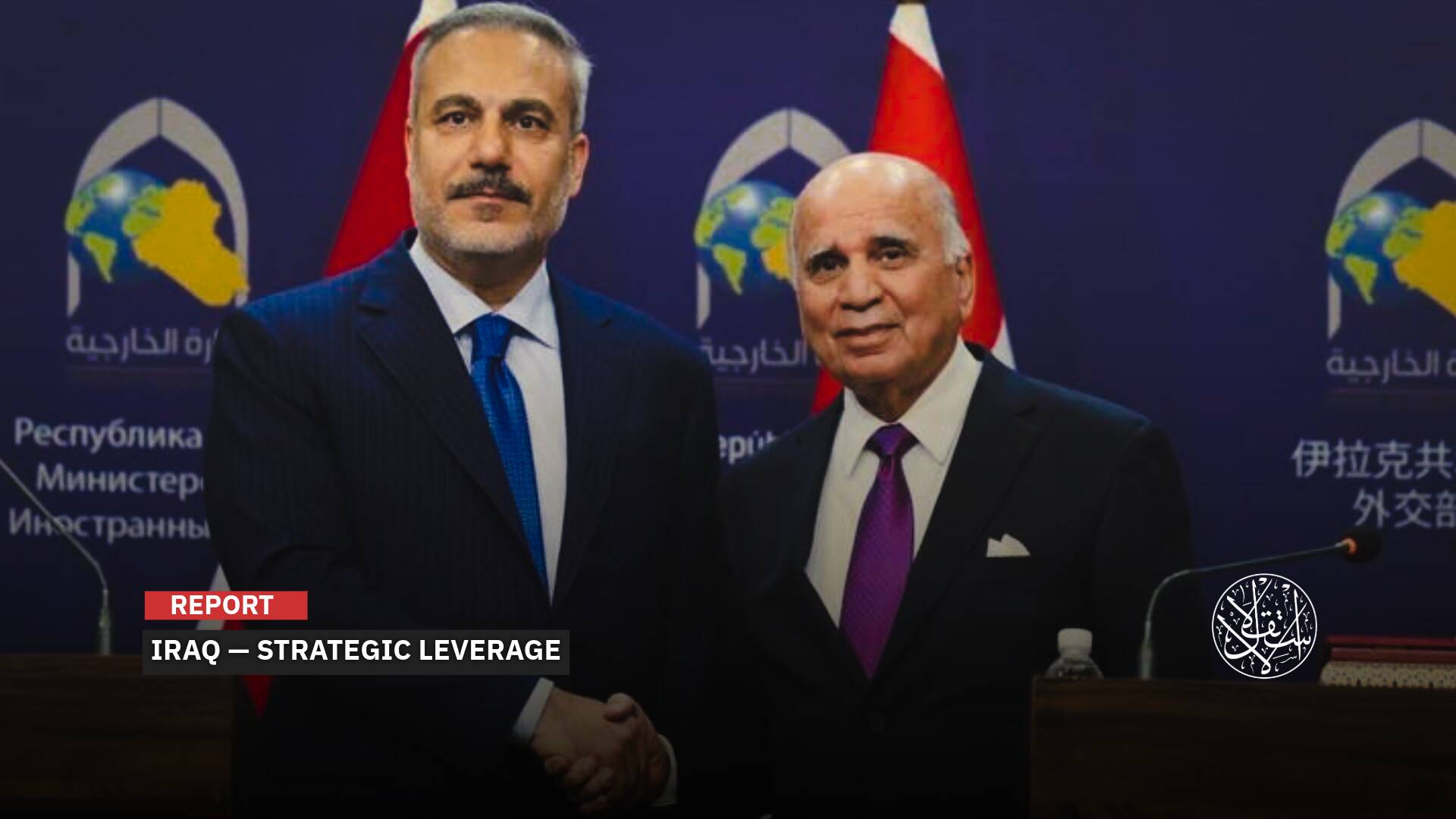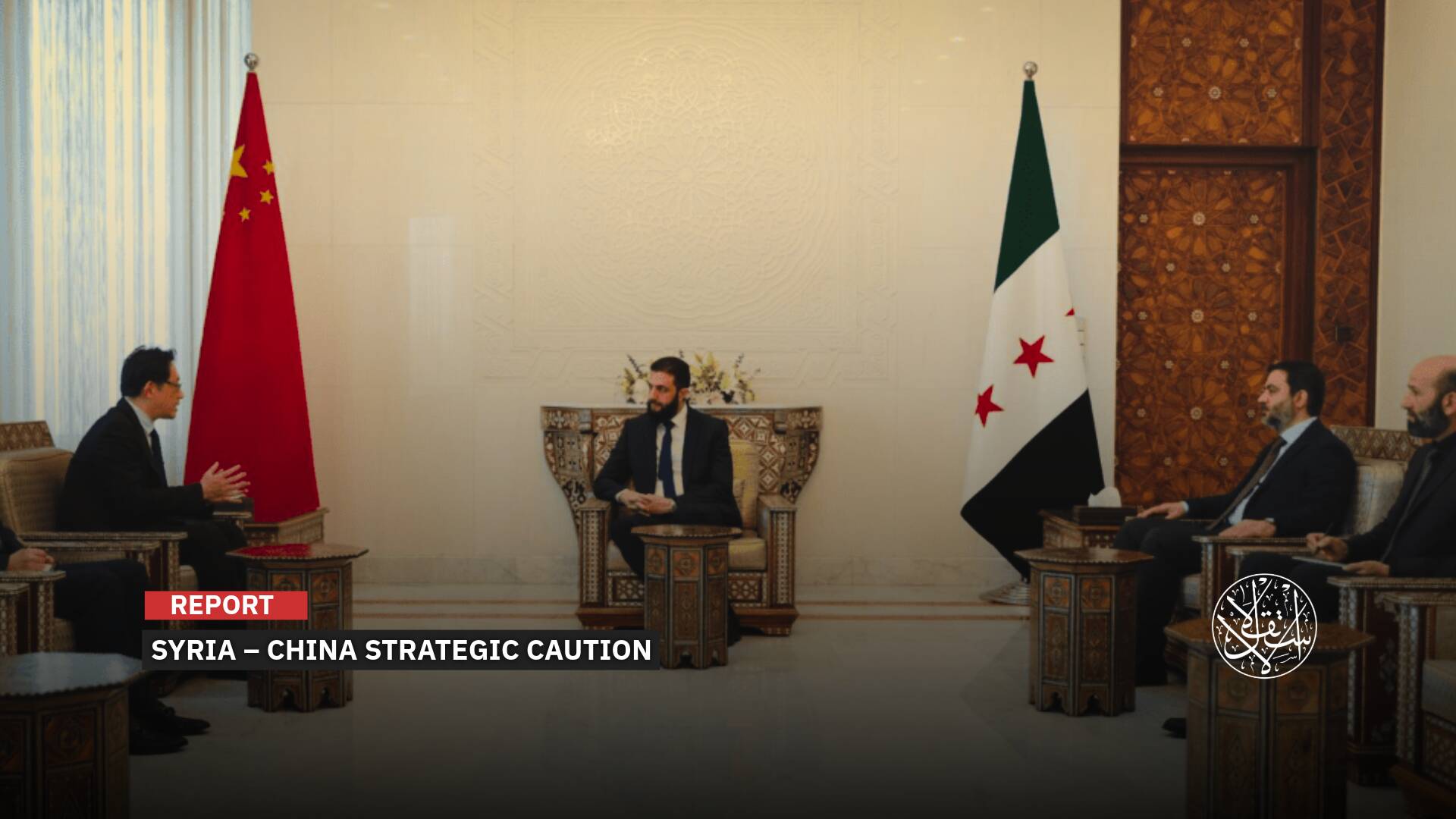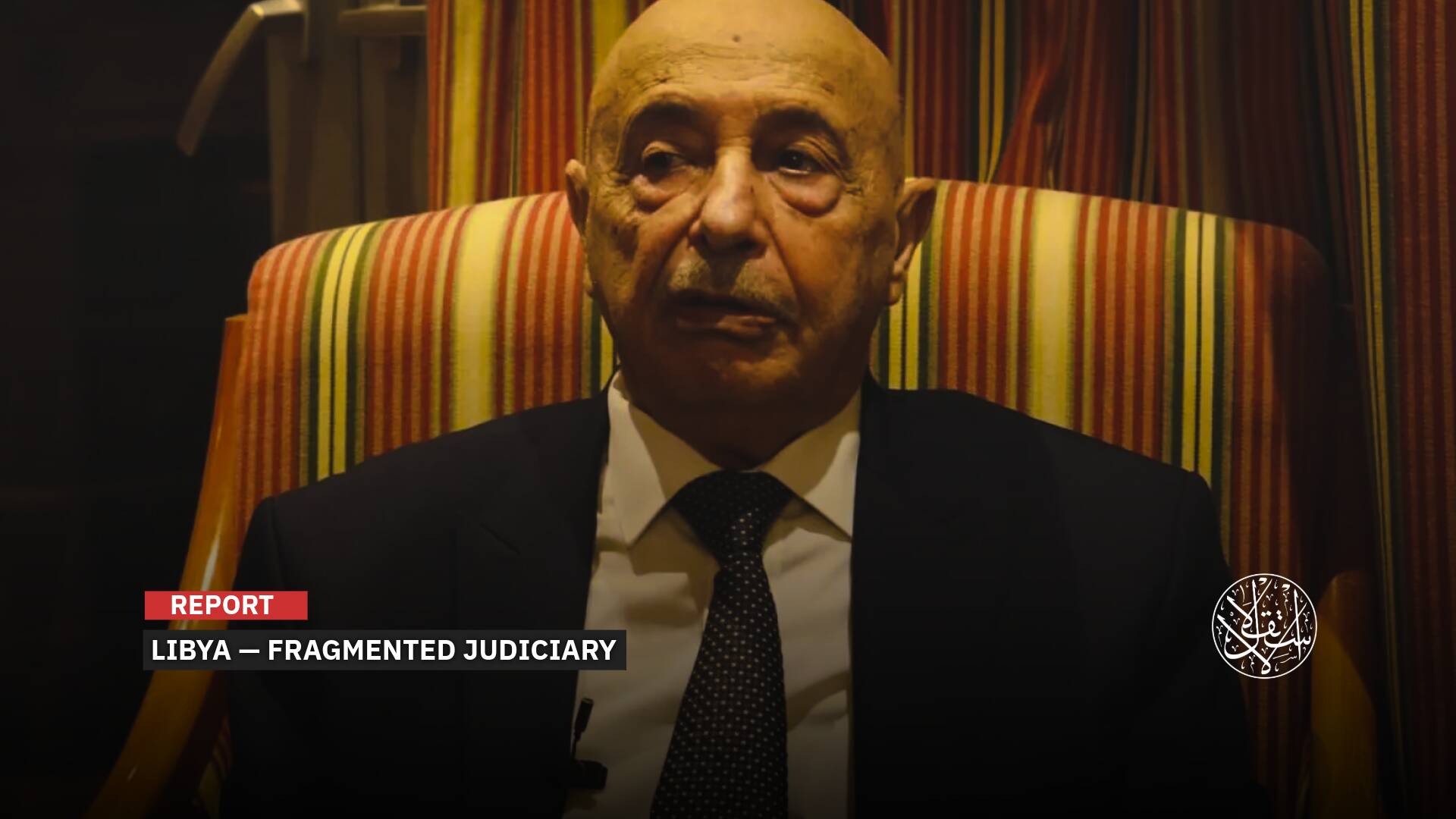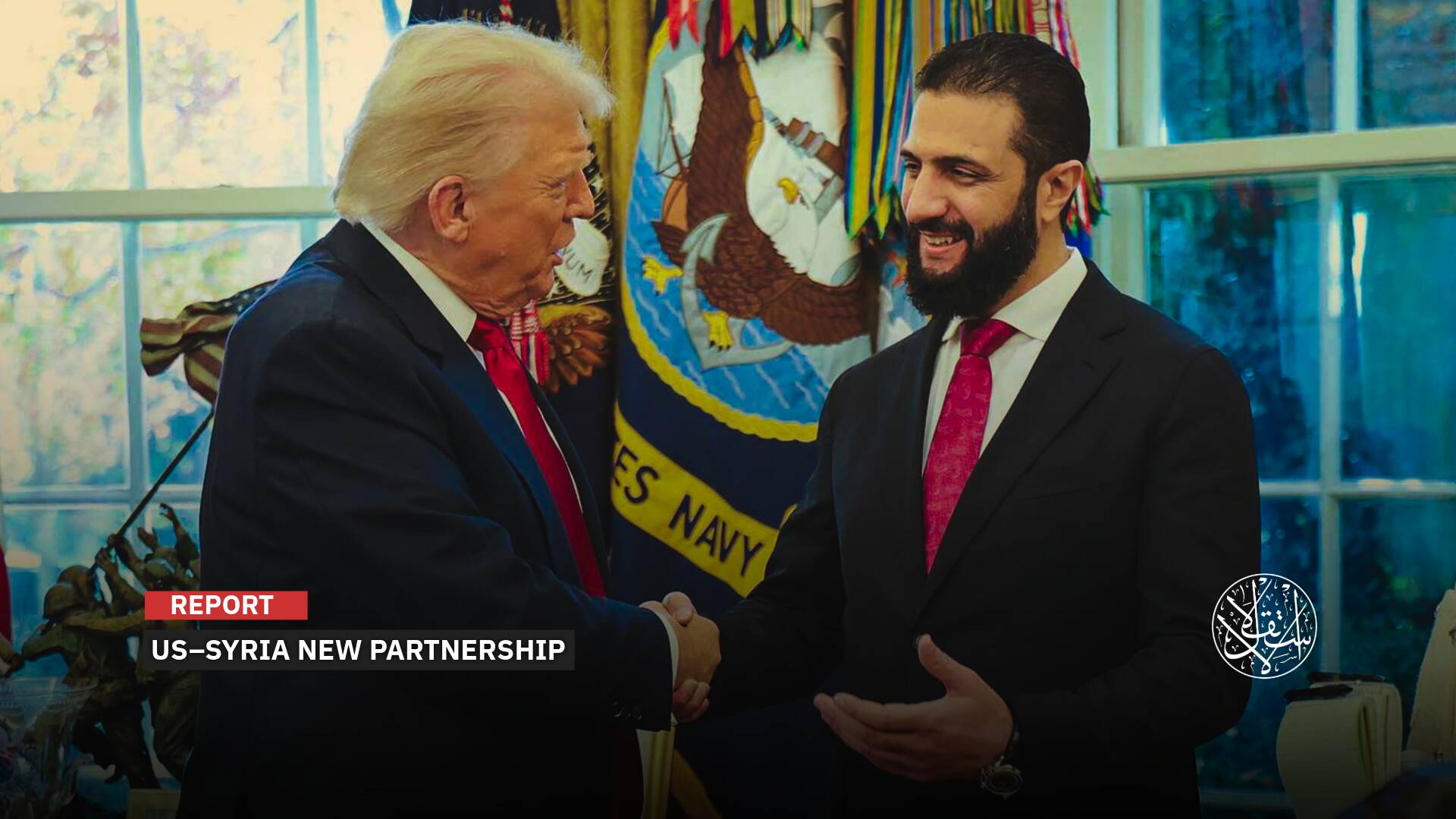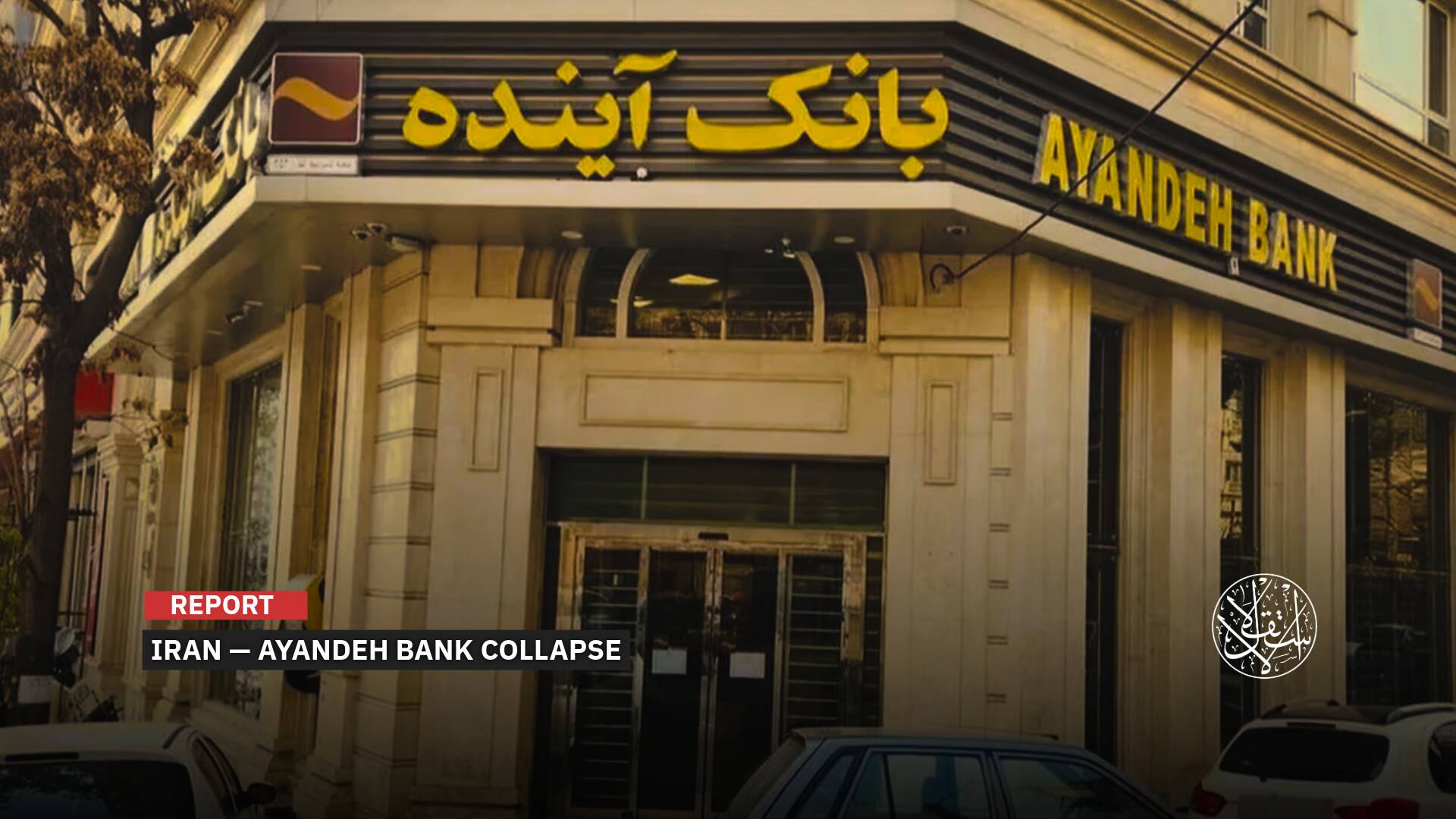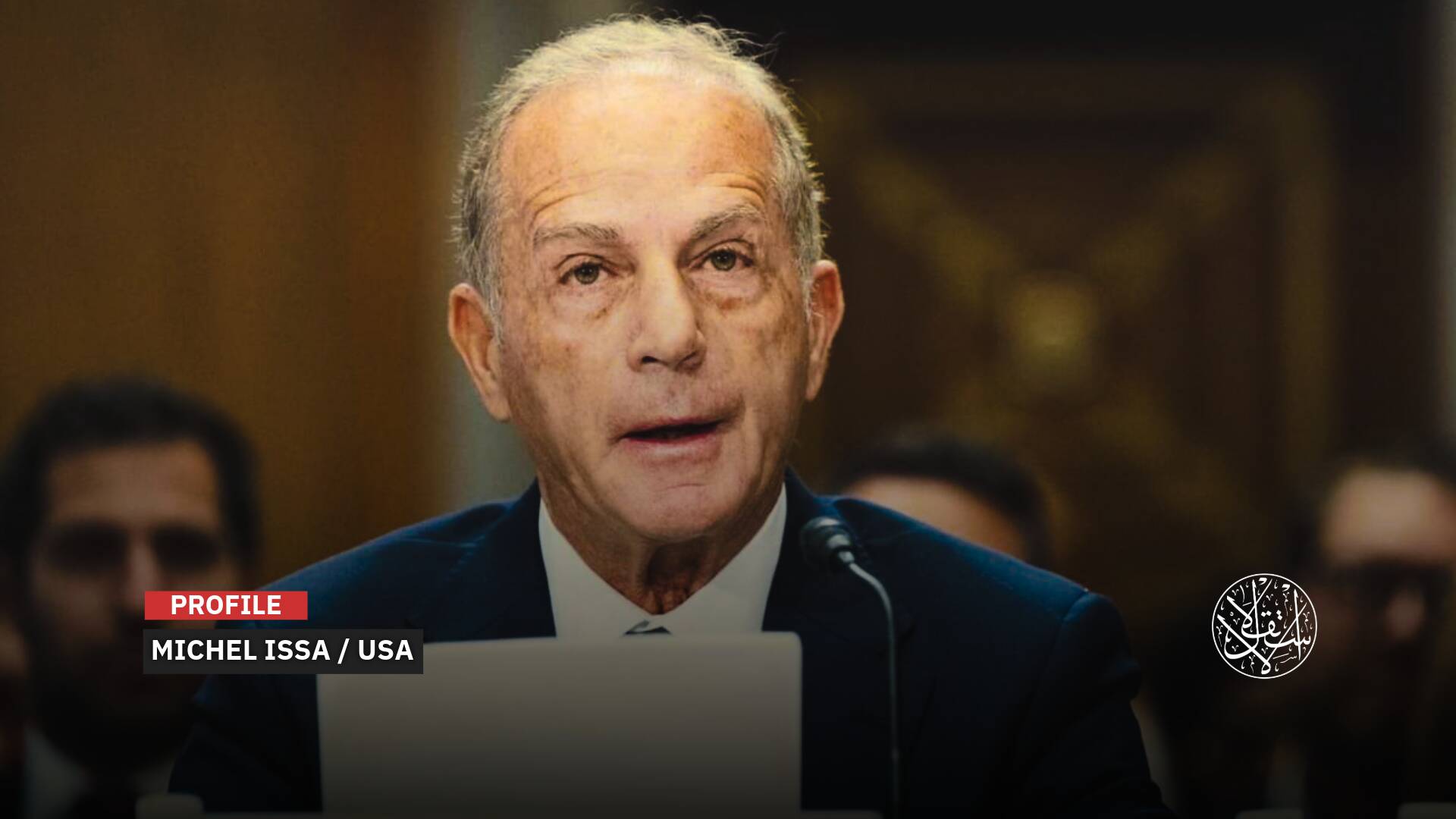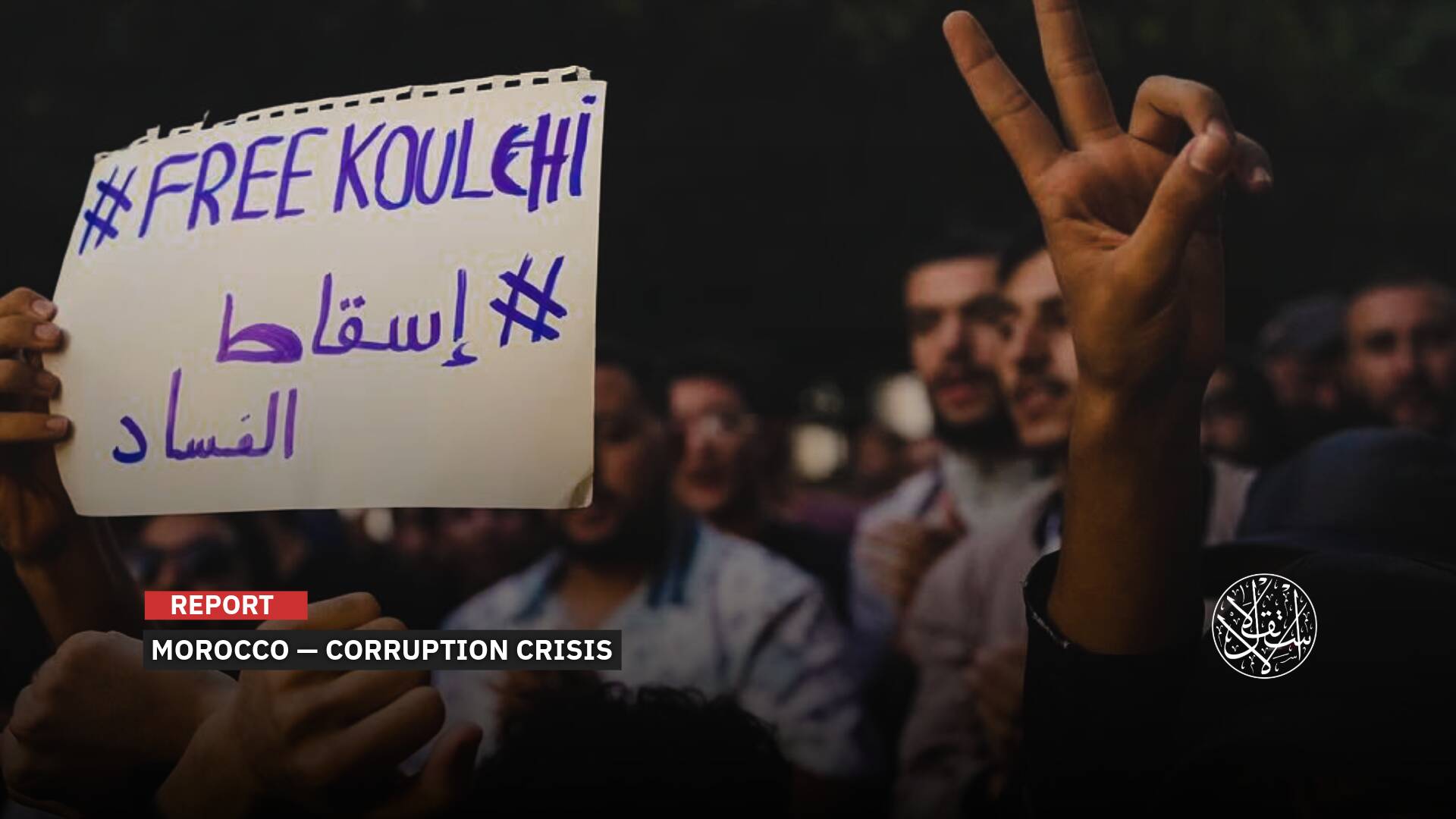Will the India–Middle East–Europe Economic Corridor Undermine China’s Belt and Road Initiative?

The announcement of the India–Middle East–Europe Economic Corridor (IMEC) project at the recent G20 summit in India represented the latest manifestation of the intensification of competition and the struggle for influence between the U.S. and China in many fields.
The U.S. continues its efforts to develop alliance and partnership relations with countries in the region in order to create a balance against China’s growing influence in the Asia, Middle East, and Pacific region.
After announcing the project connecting the Indo-Pacific region with the Middle East and Europe, international circles interpreted that the goal of the project was to win India over to the West’s side in the face of Beijing’s influence, and to develop an alternative to China’s Belt and Road Initiative (BRI), especially when considering the tense and bad relations between Beijing and New Delhi.
On September 9 and 10, New Delhi hosted the G20 leaders’ summit.
If this corridor is implemented, it will also work, from the U.S. perspective, to strengthen trade relations between its partners in the Middle East with India instead of China.
It is noteworthy that China’s influence in the Middle East has been rising economically and politically for years, especially its success in mediation, which prompted Saudi Arabia and Iran to resume their diplomatic relationship, according to an agreement last March 10.
Economic Corridor
In light of the intensification of competition and the struggle for influence between the U.S. and China in many areas, another step has come that has disturbed China even more.
During the recent G20 summit, India, the U.S., Saudi Arabia, the UAE, France, Germany, and Italy signed a memorandum of understanding to establish the India–Middle East–Europe Economic Corridor (IMEC).
Biden’s announcement from New Delhi about the economic corridor project raised many questions and speculation about its goals and its competition with the new Chinese Silk Road.
To U.S. President Joe Biden, the corridor will secure regional supply chains, increase trade accessibility, improve trade facilitation, and support an increased emphasis on environmental, social, and government impacts. Not just that, it may increase efficiencies, reduce costs, enhance economic unity, generate jobs, and lower greenhouse gas emissions.
But Biden did not talk about a supposed competition with the Chinese Belt and Road Initiative, while analysts said that the corridor is a joint West-Indian response to the Chinese project.
Last month, Biden attacked China’s BRI, describing it as a debt and noose agreement.
Analysts linked the American announcement of the new project to the absence of Chinese President Xi Jinping from the G20 summit, noting that this step comes within the framework of the Chinese-Indian competition in Southeast Asia.
The corridor actually will consist of two branches. The eastern branch will cross the Indian Ocean from Mumbai to Dubai and Jebel Ali in the UAE.
The northern branch will combine both land and sea routes. An overland rail route will cross Saudi Arabia, Jordan, and “Israel,” then a sea route will link Haifa to Piraeus, Greece, and then overland via rail again from Greece into Europe.
European Commission President Ursula von der Leyen said the IMEC will make trade between India and Europe 40% faster.

Credit: India Today, Graphic: Ankit Kumar
The new corridor once again shed light on the future and effectiveness of the BRI project, which aims to increase Beijing’s trade with Central Asia, Europe, the Middle East, and Africa.
Although the signatory countries did not make a binding financial commitment, they agreed to prepare a work plan for establishing the corridor within two months.
The BRI, announced by Chinese President Xi Jinping during his visit to Kazakhstan in 2013, is called China’s Marshall Plan.
The initiative, which has become a partner of more than 150 countries and international organizations in the last decade, aims to increase Beijing’s commercial power in a geographical area covering two-thirds of the world’s population.
The project, which includes sea routes in addition to railways and land roads, is also considered an initiative linking China with the world.
This initiative, which is estimated to cover more than 2,600 projects in more than 100 countries, consists of 6 main roads, and one of these roads is the Middle Corridor project, which starts from Turkiye and reaches China.
The BRI is expected to increase global trade by more than 6%, while experts estimate that the money China will spend on this initiative may reach $1.3 trillion by 2027.
Thanks to this initiative, China has increased its political and trade relations with countries in the Middle East and Africa, and its influence in the region has increased significantly.
However, the initiative ran into problems, including a lack of funding and some political opposition, which led to some projects stalling.
It is noteworthy that the announcement of the IMEC project came two days after the Chinese Foreign Ministry spokeswoman said that “90 countries confirmed that they would participate in the third forum of the BRI, which Beijing will host in October 2023.”
Credit: Yahoo Finance, Source: CSIS, Graphic: David Foster
Equivalent or Competing?
In the same context, Al-Monitor saw in an analysis published on September 11, 2023, that “the U.S., through the new project, is pushing its ally, New Delhi, in the Gulf region to undermine the influence of the Chinese giant.”
The report indicated that the dilemma is that three of the countries participating in the new corridor agreement supported by Washington are essential partners in the Chinese BRI, namely Saudi Arabia, the UAE, and Italy, while some see it as a step to confront Beijing’s project.
The report continued by saying: “This position may put Saudi Arabia, the UAE, and Italy in embarrassment before China, especially since Beijing will view the new project as an attempt by Western countries to undermine China’s ability to compete globally, and thwart its project on which it is counting.”
CNN quoted Italian media as saying that Prime Minister Giorgia Meloni is looking forward to strengthening relations with China while seeking a soft exit from China’s BRI, which Rome joined in 2019.
“The corridor would be the equivalent of the Silk Route and Spice Road,” Saudi Investment Minister Khalid al-Falih said at an event in New Delhi.
The report noted that Saudi Arabia and the UAE recently joined the BRICS group, which includes major emerging economies, besides their active participation in the IMEC corridor.
Last August 24, the BRICS summit supported Saudi Arabia, the UAE, Iran, Egypt, Ethiopia, and Argentina to join the bloc, which was established in 2006 and currently includes China, Russia, Brazil, India, and South Africa, starting in early 2024.
Despite the pressure to choose sides, the Gulf states have insisted on maintaining a balanced stance that includes political and economic cooperation in all areas, something that CNN analysts say makes the Gulf states strategically important.
The report also pointed out that the IMEC offers greater autonomy for participating countries to pursue their own interests and, importantly, to safeguard their sovereignty. This distinguishes it significantly from the BRI.
“This represents a success for Washington, which, along with Brussels, has grappled with the challenge of presenting a viable alternative to the BRI that doesn’t force partners like the Gulf and India into an either-or choice,” it added.

American Endeavors
Axios, an American website, reported that the IMEC project is an expanded version of the railway network project in the Middle East that had been crystallized during the meetings of what is known as the I2U2 Group, which was established as a working group in 2021 in Washington with the aim of discussing strategic infrastructure projects in the Middle East region, and includes the U.S., India, the UAE, and “Israel.”
The new project shows the U.S.’s intention to try to attract more of its allies to join the mechanism, creating a small circle extending to South Asia, the Middle East, and Europe.
The IMEC project is also part of the Partnership for Global Infrastructure and Investment (PGII) launched by the U.S. at the G7 summit in 2022, with the aim of raising $600 billion in international infrastructure investments by 2027.
It is noteworthy that the idea of the economic corridor project began in 2017, and during the administration of former U.S. President Donald Trump, work was done to qualify India to be an economic tiger in the face of the Chinese dragon.
The administration of current U.S. President Joe Biden saw that China could not be contained without the help of Asian powers, especially India, Japan, South Korea, and later Indonesia and Malaysia.
Therefore, it seems that the project is an American project that falls within the framework of the Biden administration’s endeavor to contain China by giving a greater role to India to be its competitor.
American media indicated that the new project constitutes an electoral demand for President Biden, who seeks to achieve any superiority over China and also seeks to achieve a peace agreement between Saudi Arabia and “Israel” before the American elections.
Many observers expect this agreement to be concluded before the end of the year, in light of the enthusiasm shown by Israeli Prime Minister Benjamin Netanyahu, who praised the new economic corridor project.
The Wall Street Journal said that “Israel” is not expected to be a primary partner in building the new corridor, but the American inclusion of it in the corridor’s routes will help integrate it more deeply with Saudi Arabia.

In turn, analyst Ibrahim Khatib explained in a statement to Al-Estiklal that “the economic corridor project is characterized, from a strategic perspective, by clear geopolitical intentions. The U.S. is trying to compete with China’s BRI and weaken Beijing’s influence in the Middle East.”
“However, it is still too early to judge the extent to which the ambitious economic corridor project can be implemented, as the economic motives of decision makers are mixed with the goals of foreign policy and diplomatic relations,” he said.
“The branch of the corridor related to connecting India to the Arabian Gulf seems more viable compared to the branch related to connecting the Gulf to Europe, which requires passage from Israel, and the necessary Saudi–Israeli normalization is still pending the decision of the Saudi leadership until now,” Mr. Khatib added.
Sources
- World Leaders Launch a Landmark India-Middle East-Europe Economic Corridor
- New US-backed India-Middle East trade route to challenge China’s ambitions
- India's economic corridor to Europe via Saudi, UAE: a win for US, West Asia
- U.S., Saudi Arabia, others to discuss railway project connecting Middle East



